9:00 am - 10:00 am | Room: Pretium Room | Session Chair: Sarah Gray
The main objective of this study is to investigate deep energy retrofit strategies for residential buildings that are resilient to future warmer climates. Climate change will significantly impact the energy conservation measures that we implement in today’s building energy retrofit projects. As a result, it is crucial to consider the forthcoming changes and extreme conditions in retrofitting building envelopes for the sake of a resiliently built environment. An existing 40 year concrete residential tower is considered in this paper. A whole building airtightness test was performed to determine the airtightness of the existing building enclosure aligned with the requirements of ASTM E779-2019. Following ASHRAE Guideline 14, a calibrated energy model is developed using IES VE software package. Several energy conservation measures (ECMs) are taken into account as deep energy retrofit strategies for the building enclosure renewal. The developed ECMs are studied for a typical metrological year (TMY), and also for future warmer climate. The most recent climate projections from Intergovernmental Panel on Climate Change (IPCC) referred to as Representative Concentration Pathways or RCPs have been used. As such, RCP 8.5 with mid-point tail warmings of 50th percentile was used to determine the energy use of the building for the time slice of 2080-2099. Two main categories of ECMs are identified in this study: i) weather sensitive, and ii) weather neutral. It is shown that although the current weather sensitive ECMs lead to significant energy saving based on historical weather data, the effects of these ECMs will noticeably drop for the future warmer climate. This is attributed to lower space heating demand intensity, and higher cooling load for future warmer climate. In addition, several ECMs are developed as “weather neutral” which can be equally effective for historical and future climate. Finally, 2D finite-element analysis is done in this study using THERM software package to develop enhanced building enclosure details to minimize the thermal bridging effects at the building enclosure interfaces, and to improve occupants’ thermal comfort.

Hassan is a Design Engineer in the Building Performance team with over six years of industry experience. He specializes in building energy simulations and analyzing energy conservation measures (ECMs) for high performance buildings in major sectors to achieve performance based on various green certifications including LEED®, Green Globes, TGS, Step Code and code based compliance. His simulation work has been primarily delivered using eQUEST, EE4, IES and RETScreen Expert, but he also has experience using Trace 700, HAP and other building energy modelling software.
Hassan’s broader consulting expertise extends to existing building energy and water audits, deep green retrofit studies, financial life cycle assessments, building energy benchmarking and energy performance incentive based applications. Hassan has a passion for sustainability in buildings and has been a student mentor, providing project guidance to final year students enrolled in NAIT’s Alternative Energy program.
Diamond Sponsor
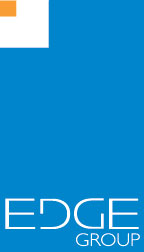
Emerald Sponsor

Emerald Sponsor
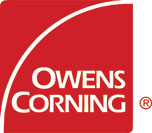
Emerald Sponsor

Emerald Sponsor
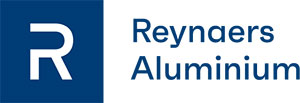
Emerald Sponsor

Gold Sponsor

Associate Sponsor
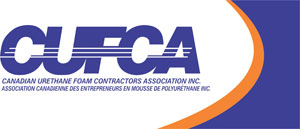
Silver Sponsor
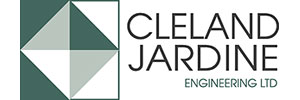
Silver Sponsor
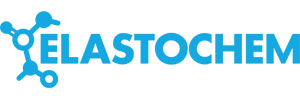
Silver Sponsor

Silver Sponsor

Bronze Sponsor

Bronze Sponsor

Bronze Sponsor

Bronze Sponsor

Bronze Sponsor
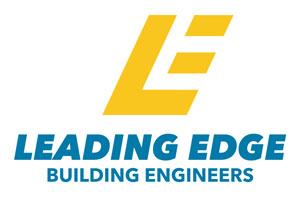
Bronze Sponsor

Bronze Sponsor

Bronze Sponsor
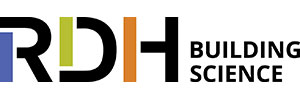
Bronze Sponsor

Bronze Sponsor
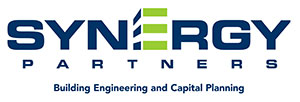
Bronze Sponsor

Bronze Sponsor
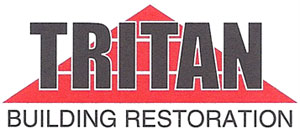
Bronze Sponsor
